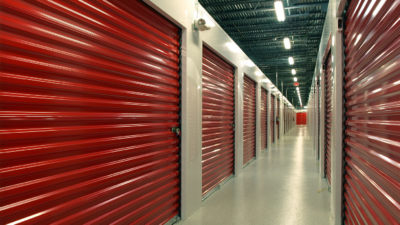Maximizing the space utilization of your industrial property is key to improving efficiencies and reducing costs. Oftentimes, businesses make the mistake of confusing their perceived needs with their actual needs, resulting in unnecessary utilization of space and additional costs. For instance, a large company that has a sizeable footprint may think that it needs more space when its headcount increases, but it actually can contract its space by reviewing its methods of storage and procurement.
In working with large utility service providers to upgrade depot facilities, we’ve found that the logistics of helping our clients understand the changes to their workflow and their practices handling materials have changed over time. This is also true for smaller businesses wishing to set up a site with capability for future cost-effective expansion.
The key to successful outcomes is to work with the individual business user groups to first understand workflow processes, and to second understand spatial requirements to meet those operational needs. As technology and supply chain improvements develop over time, spatial requirements will generally be reduced. By addressing the spatial requirement directly from the workflow processes, efficiencies can be achieved in the amount of space actually required by the business, rather than the perceived space needed based on a traditional or current usage. This can also free up external space for truck fleet parking as well as facilitate more efficient loading, unloading and mobilization of the vehicle fleet.
It’s also essential that practices such as storage, equipment handling and operational movement throughout the site are reworked to create a functional and efficient workflow. Other areas that require additional attention include workplace health and safety best practice such as wash-down areas, (emergency showers and eye flush stations), disable accessibility, End of Trip facilities, bike storage and staff community spaces.
More often than not, businesses, particularly those that run “depot” like operations, will find that the size of their industrial site exceeds their needs. Downsizing can lead to several benefits — such as relocating to a more central location, higher staff retention rates and greater ease in loading/unloading inventory. Maximizing space efficiency can also assist with keeping inventory visible and easy to find.
Robert has over 30 years of experience in the property industry, both within the Sydney Metropolitan Area and throughout Australia. Robert has a wide range of expertise across a number of field and project types, including architecture and urban design, construction, local and state government, engineering, heritage and landscape.

 Colliers Insights Team
Colliers Insights Team
 Craig Hurvitz
Craig Hurvitz
 Aaron Jodka
Aaron Jodka